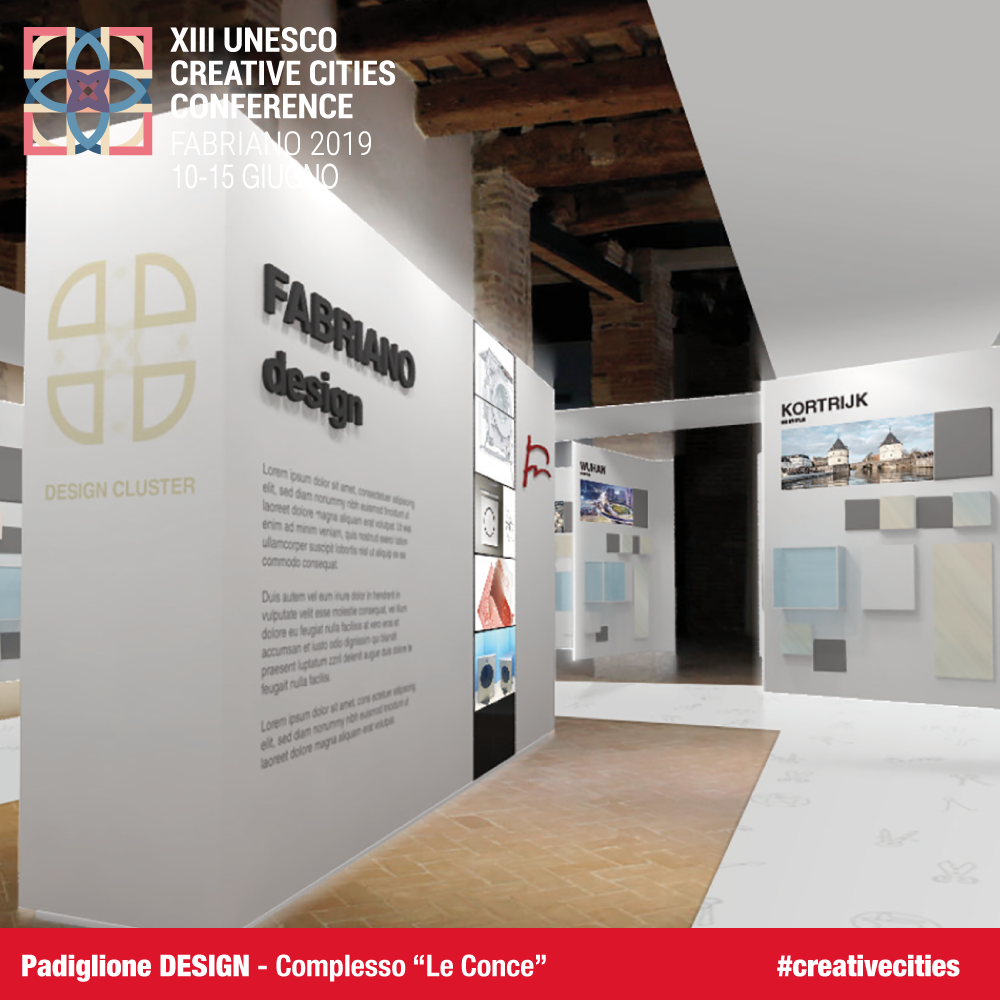The most important event organized periodically by the UNESCO Creative Cities Network, which identified culture and creativity as strategic factors for sustainable urban development, is the UNESCO Creative Cities Conference, which this year will be held from 10 to 15 June in Fabriano.
The UNESCO Secretariat and about 500 guests between delegates, institutions and personalities from the world of art and culture, will gather to launch a debate at the highest levels on the future of cities in the 21st century.
There will be many cultural events, reflections, seminars and opportunities for meeting and discussion that will transform the Marche city into a large open-air laboratory on creativity: all this thanks to the design of the 8 creative pavilions that will rise in the heart of the historical center of the city, and that will be set up in such a way for give the opportunities to increase participation, relations and meetings between delegates, economic operators and stakeholders.
Design Pavilion: housed in the Complesso delle Conce, where some of the medieval industries of Fabriano used to gather, now the headquarters of the Fhub. The project, entrusted to the architecture firm of Paolo Schicchi, involves the use of suspended panels, which will wrap the visitor allowing a unique and dynamic tour in the industrial production of the spaces of the complex, enhancing both the construction and the contributions of the cities. The goal is in fact to represent the 31 creative cities that are part of the Design cluster, illustrating them as if they were a continuous ribbon, a unicum, that without the others would lose the sense of space composition.
And as a city representing this cluster, Turin has proposed to involve the UNESCO design cities to a reflection on the Ideal City, by sending projects to Fabriano like elaborate video panels, renderings on interventions and studies – including good practices concerning the overcoming of architectural, perceptive-sensorial, social, cultural and economic barriers – on conscious and sustainable urban regeneration.


